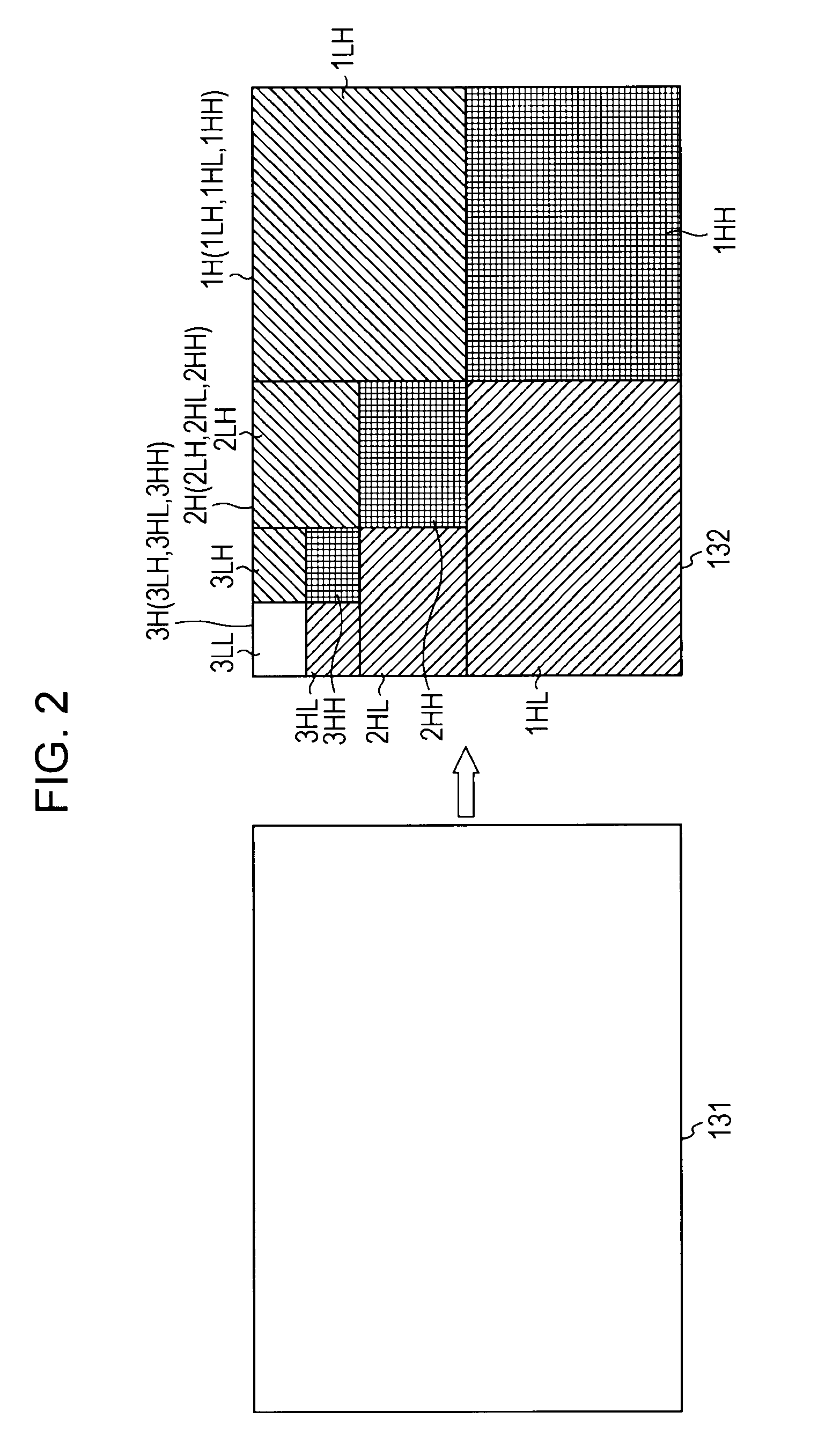Information processing apparatus and method
a technology of information processing and equipment, applied in the field of information processing equipment and methods, can solve the problems of increasing the possibility of new data and old data being both not decoded, increasing the possibility of not decoding the part of data, and affecting the processing effect of the data
- Summary
- Abstract
- Description
- Claims
- Application Information
AI Technical Summary
Benefits of technology
Problems solved by technology
Method used
Image
Examples
Embodiment Construction
[0052]FIG. 1 is a block diagram illustrating an example of configuration of an information processing system in which the present invention is embodied. An information processing system 100, illustrated in FIG. 1, is a system for transmitting image data.
[0053]The information processing system 100 includes a sending apparatus 101 and a receiving apparatus 103 which are interconnected via a transmission path 102. The sending apparatus 101 transmits image data to the receiving apparatus 103 via the transmission path 102.
[0054]The sending apparatus 101 encodes input image data and sends the encoded data to the receiving apparatus 103 via the transmission path 102. The sending apparatus 101 includes an input interface (I / F) 111, a line-base codec encoder 112, a sending buffer 113, and a transmission interface (I / F) 114.
[0055]The input interface 111 accepts image data input to the sending apparatus 101 from the exterior and supplies the input image data to the line-base codec encoder 112....
PUM
 Login to View More
Login to View More Abstract
Description
Claims
Application Information
 Login to View More
Login to View More - R&D
- Intellectual Property
- Life Sciences
- Materials
- Tech Scout
- Unparalleled Data Quality
- Higher Quality Content
- 60% Fewer Hallucinations
Browse by: Latest US Patents, China's latest patents, Technical Efficacy Thesaurus, Application Domain, Technology Topic, Popular Technical Reports.
© 2025 PatSnap. All rights reserved.Legal|Privacy policy|Modern Slavery Act Transparency Statement|Sitemap|About US| Contact US: help@patsnap.com



